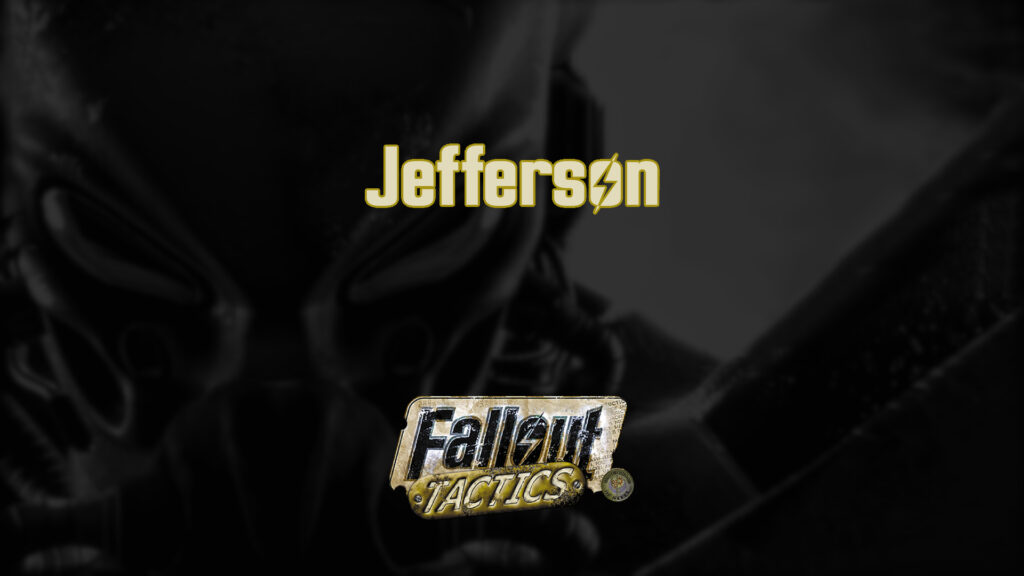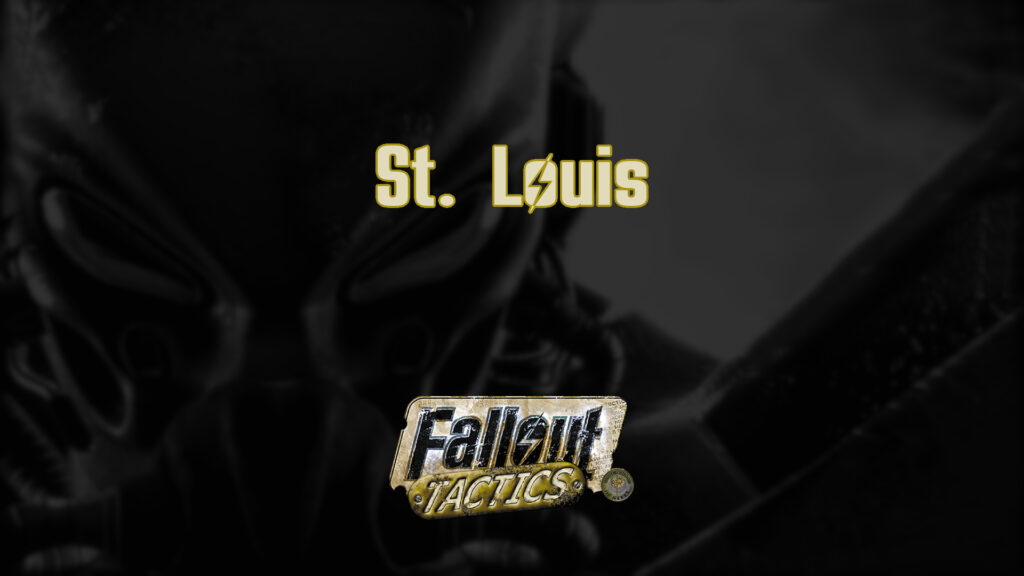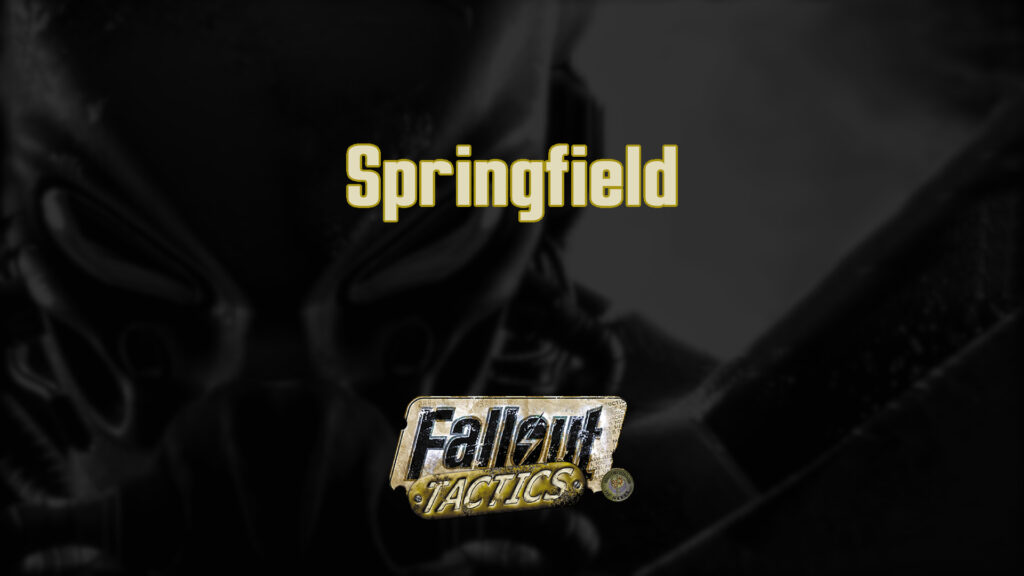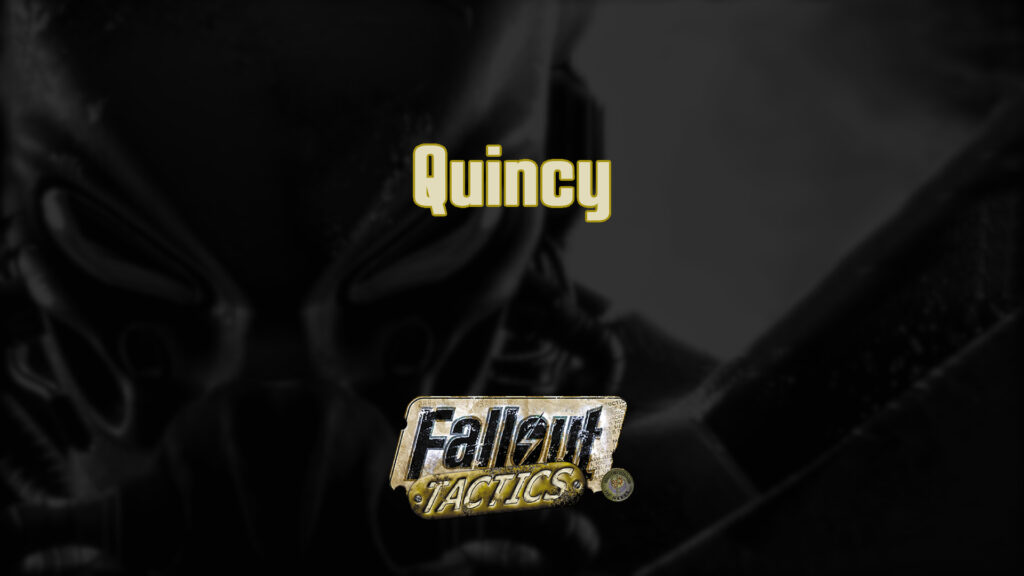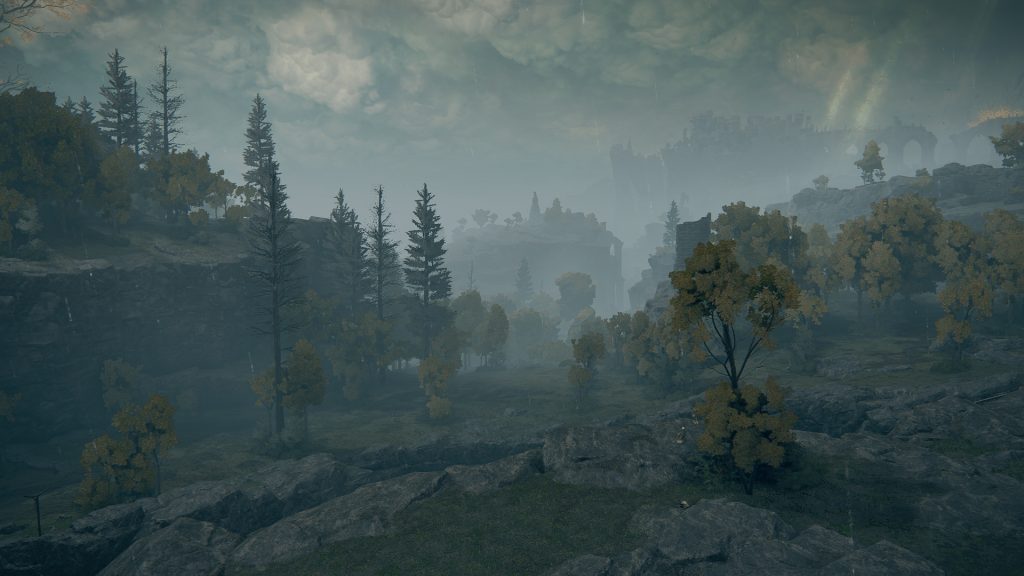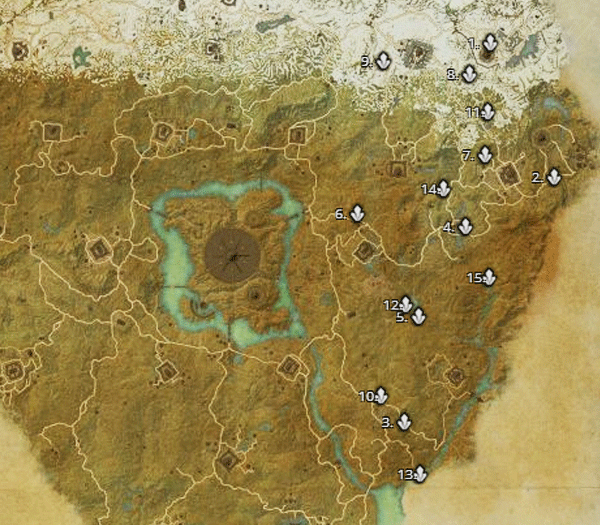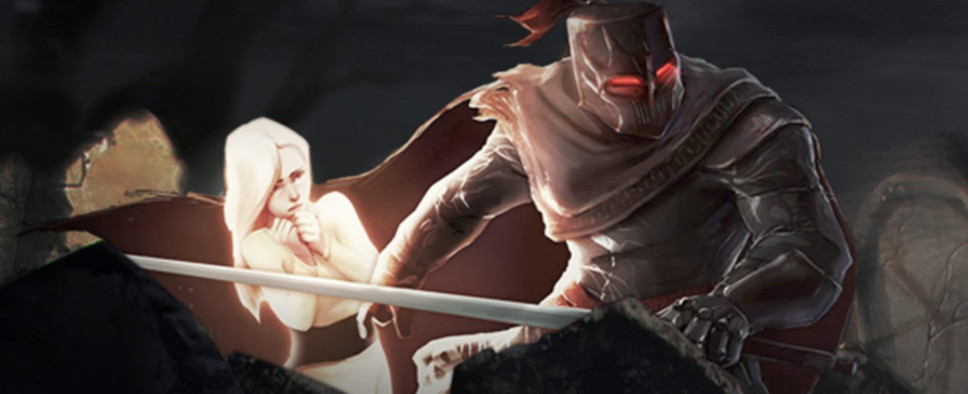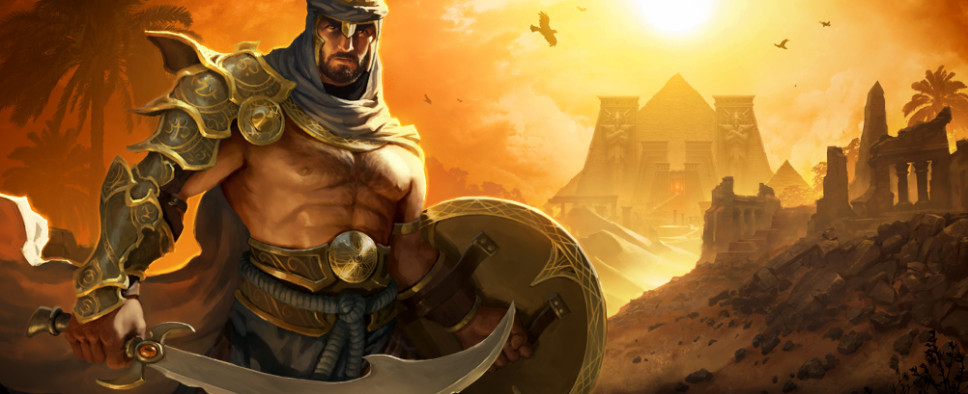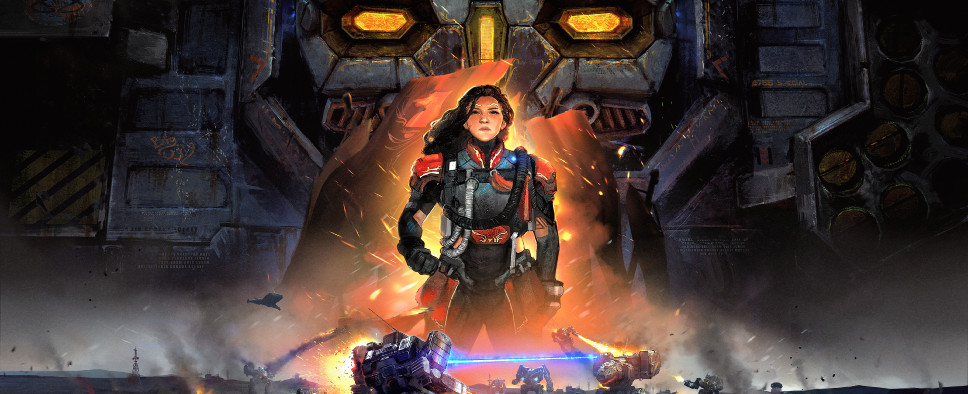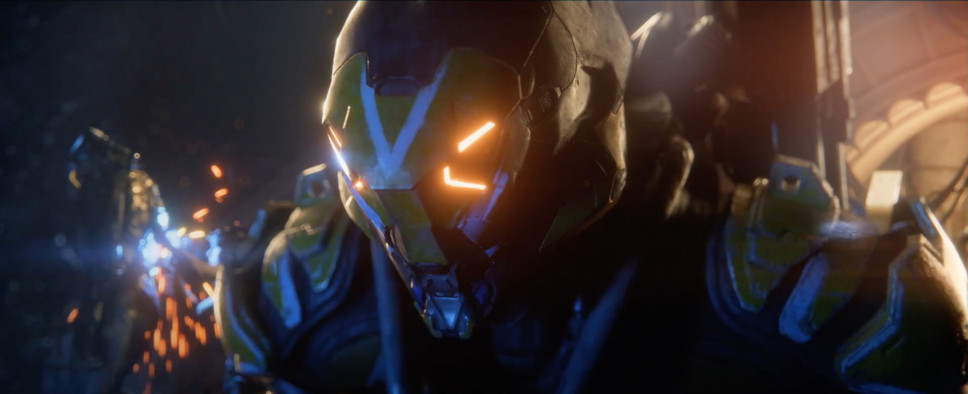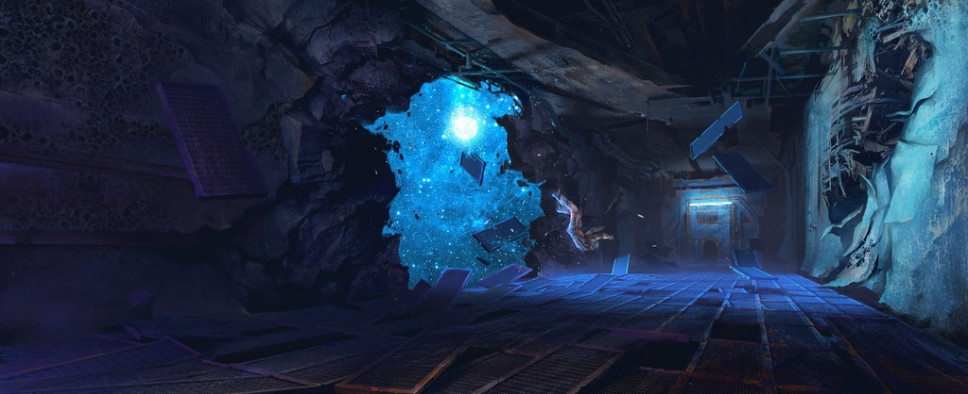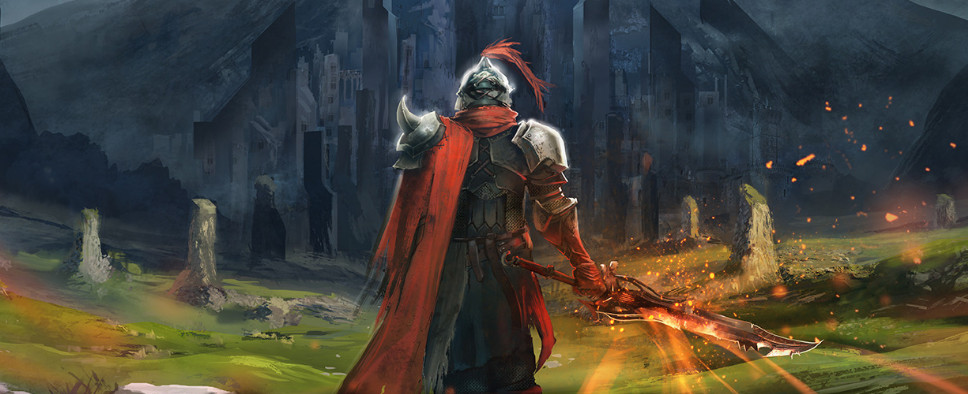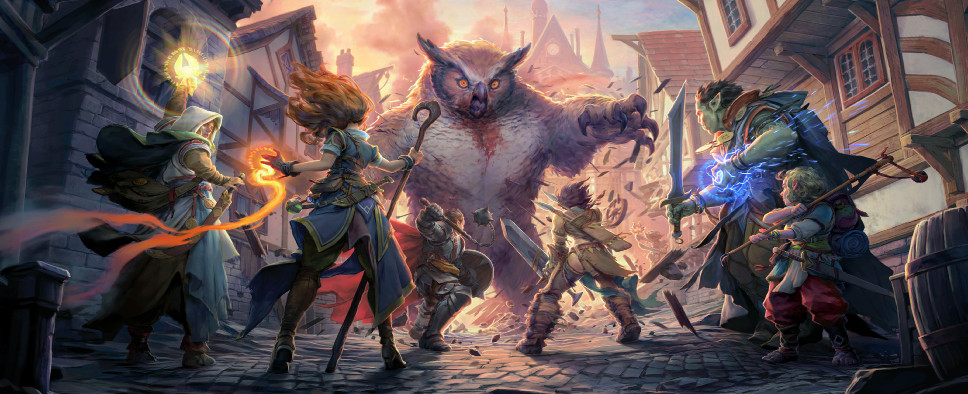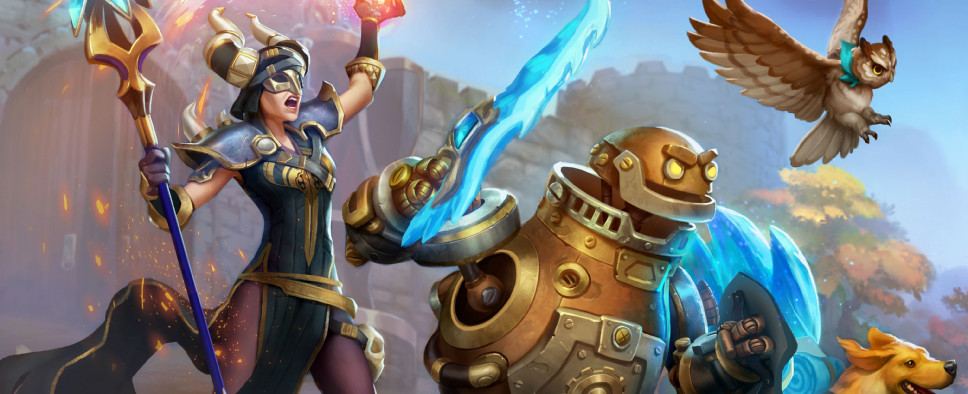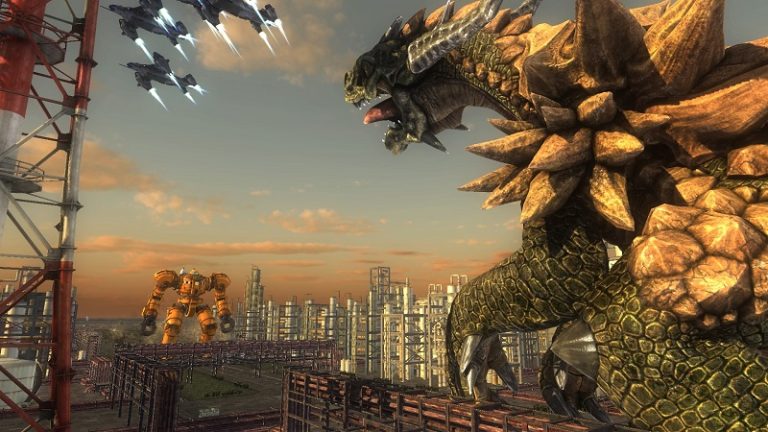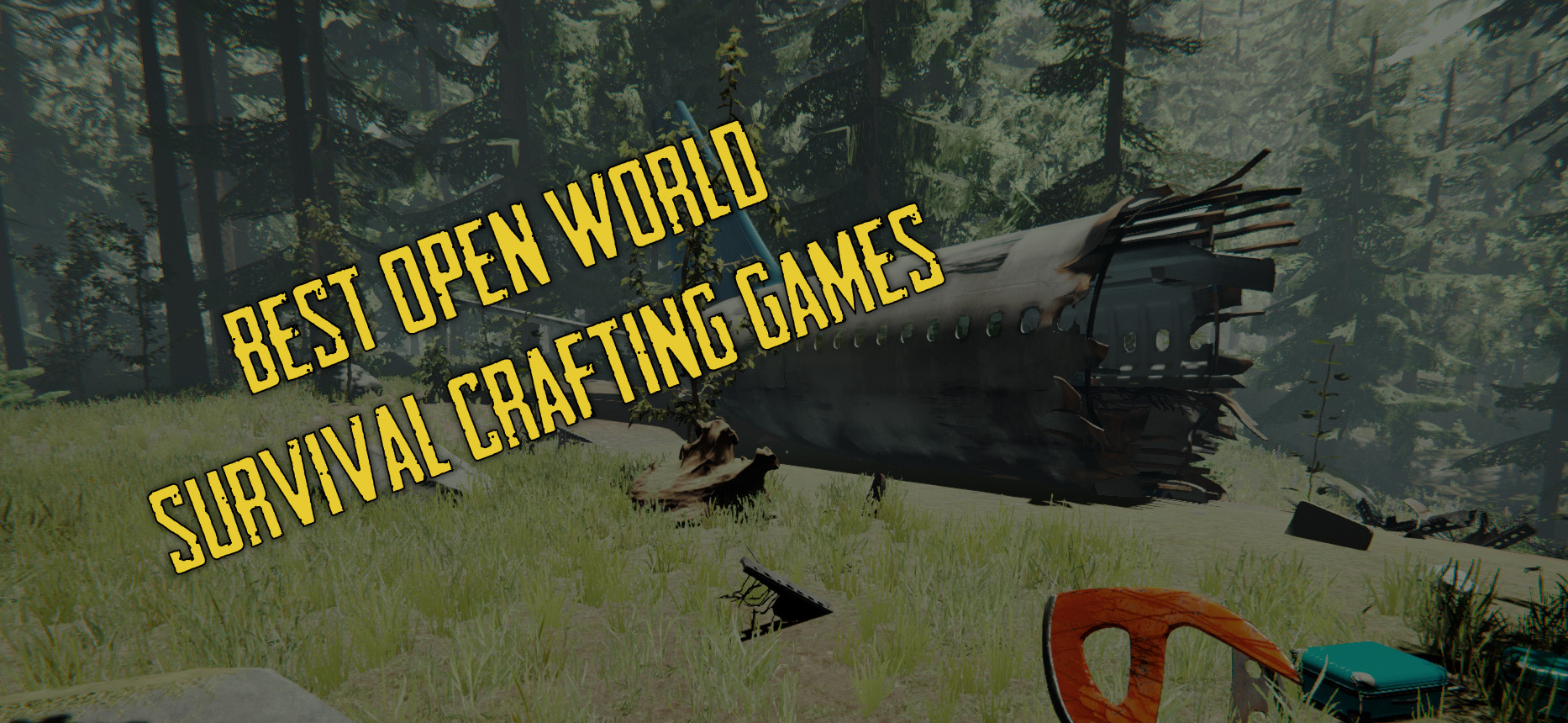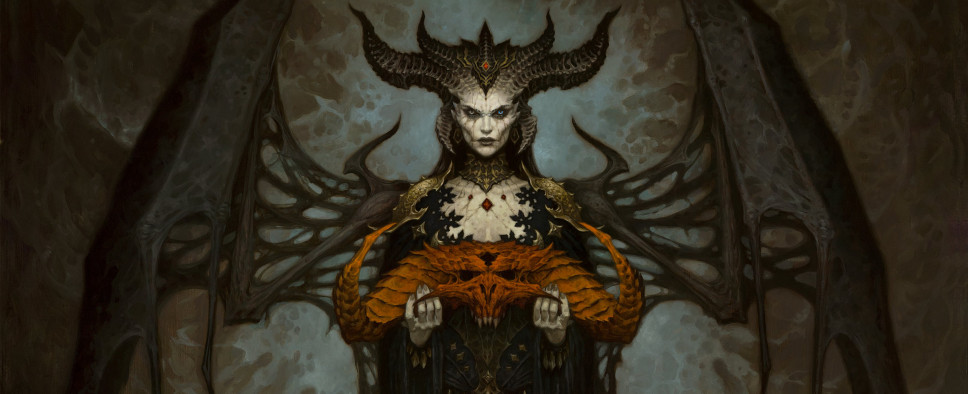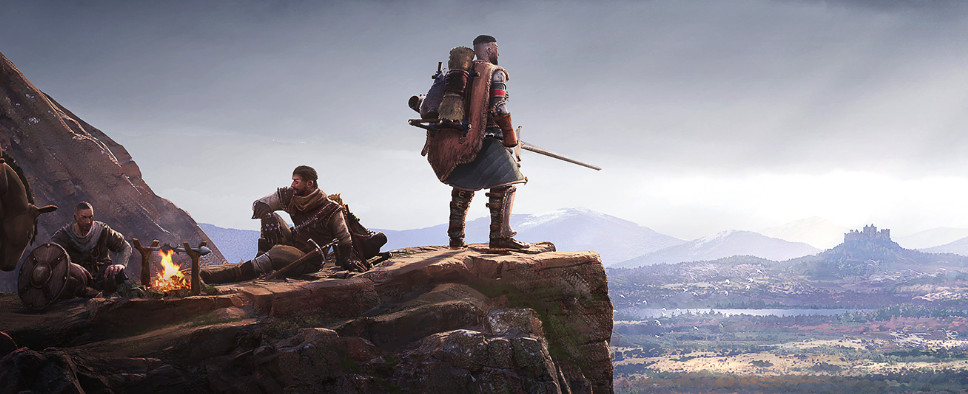Introduction
BATTLETECH (which I'll just call BattleTech from here on out) is a new turn-based tactical strategy game from Harebrained Schemes, the developer behind the Shadowrun RPG trilogy (Shadowrun Returns, Shadowrun: Dragonfall, and Shadowrun: Hong Kong, released between 2013 and 2015). BattleTech isn't anything like those earlier games. It is pure tactical strategy with little in the way of RPG elements. Also, for what it's worth, I don't know anything about the BattleTech universe. In this review, I'll focus on the game and how much I enjoyed it -- or not -- and I'll completely ignore how well it adheres to official rulesets or fits in with the franchise's canon history.
Since BattleTech features a whole lot of mech-on-mech combat, it shouldn't come as a surprise that it's a science fiction title. According to the game's lore, in the somewhat distant future humans manage to colonize the stars (thanks largely to "dropships," which can travel great distances in the blink of an eye), and different houses end up controlling different planetary systems, much like kingdoms in medieval times. As the game opens up, one monarch is betrayed and deposed of her throne, and you spend the entirety of the game helping her to recruit allies and take back what's hers. Amusingly, this is exactly the same storyline as from Thronebreaker: The Witcher Tales, the last game I reviewed, just with a change in setting and of course no witchers.
Character Development
At the start of the game, you create your character. You first decide on your background, which gives you a small bonus to your skills, and then you select a name and an appearance, which are purely cosmetic. You also get to select a pronoun for your character ("he," "she," or "they"), but this is cosmetic as well. There aren't really any companions in the game, and there certainly aren't any romances. You're just playing an anonymous mechwarrior (aka mech pilot).
Each character is defined by four skills: Gunnery (which helps with ranged attacks), Piloting (which helps with melee attacks), Tactics (which helps with weapon range and accuracy), and Guts (which helps with health and heat). Each skill has two abilities associated with it, and characters can only learn three abilities total: two with one skill and one with another. That means there's a grand total of 12 builds for the game, which is pretty skimpy. Worse, only a couple of the builds make sense. I ended up using the same build for all of my core mechwarriors ("lancer").
Along with your character, there are also other mechwarriors available. You start out with four of these pilots, and you can hire more as you go along. Pilots can get injured or killed during missions, so it's a good idea to keep backups around, but pilots cost you money in wages, so you have to strike a balance. Only the mechwarriors who go on missions earn experience (which is the currency you use to improve their skills), so you have to bring newbies along sometimes. The game doesn't give you cupcake missions, so you can't send your B team on training runs. You have to use newbies in difficult missions.... which can be difficult.
Interestingly, mechs are all but characters in themselves, and they give you far more build options. Mechs range in size from "light" (the smallest) to "assault" (the heaviest), and there are dozens of models available, each with a fixed set of weapon mounts and jumpjet mounts, and a maximum weight. You're free to build mechs however you want, which is good because you have to balance firepower, movement, armor, ammunition, and heat dissipation, which is a lot of categories to juggle. I had a lot more fun building mechs than characters.
Gameplay
Gameplay in BattleTech focuses on two areas: your spaceship, which is your base of operations, and the small maps where you complete missions. I'll start with the spaceship, since it's the simpler of the two.
At the start of the game, you have a small spaceship with limited capabilities, but as you progress through the campaign, you receive a more impressive model, which you can upgrade. Your spaceship has various compartments, like the bridge, where you select missions, the barracks, where you view and upgrade your mechwarriors, the mech bay, where you repair and refit mechs, and engineering, where you create upgrades. The upgrades primarily improve the medical and technical ratings of your ship, which speed up how quickly you heal mechwarriors and repair mechs, but they can also improve the morale of your company, which pays dividends during missions.
Your spaceship is pretty barebones, even after it's been upgraded. It contains the necessary departments so you can manage your mechs and prepare for missions, and that's it. There isn't anything interesting or surprising about it, and while you can talk to your department heads, this is mainly for basic tutorial information. Hearing their dreams and life stories is dull and unrewarding.
BattleTech works better (but still not great) on the missions themselves. The mission maps are small -- not so small as to compare them to the King's Bounty or Heroes of Might and Magic arenas -- but small enough that Harebrained Schemes didn't see any reason to include a map screen or a mini-map in the interface. Wherever your lance (group of four mechs) sets down on the map, enemies are usually just a turn or two away, unless you're trying to skirt around them, which is tough because, well, the maps are so small.
Missions use turn-based mode for everything -- exploring and combat. The turn order is decided by the size of the mech, with the smallest mechs going in tier 1 (first) and the heaviest mechs going in tier 4 (last). If you want, you can "reserve" your mechs so they wait until the next tier. This is a good idea if you want enemies to come to you, or if you're waiting for an enemy to move before attacking it.
Most missions involve you attacking an enemy lance plus other stuff. Sometimes a convoy or a base (attacking or defending) is involved, and sometimes reinforcements arrive (usually for the enemies). Besides mechs, there can also be armored vehicles or turrets on the battlefield. They're not as powerful as mechs, but they still dish out enough damage that you can't just ignore them, either. In total, missions always have a maximum of about a dozen enemies, which means they don't take too long to complete -- unless you're having a rough time and have to do a lot of saving and loading. The loading times in particular are horrendous.
When mechs take their turn, they get to move and then attack. The movement distance is restricted by the size of the mech, with lighter mechs able to travel (relatively) far, and heavier mechs not so much. Mechs can also use jumpjets to hop onto things like mountains and buildings. Being on higher ground gives you an accuracy bonus, and makes it easier to hit a mech's more vulnerable head.
BattleTech also includes a "moving target" mechanic. The farther a mech moves (or jumps) during its turn, the more evasion points it generates, and the more difficult it is to hit. This is a rule to keep lighter mechs viable in the campaign, at least theoretically, than it is to be realistic (since all mechs are huge and tend to run hot, and should therefore be easy for targeting systems to hit). However, from my experience lighter mechs get destroyed too quickly, with evasion or not, and I ended up avoiding them in favor of the heaviest mechs possible.
When mechs attack, you can choose which of their weapons to fire. This can prevent you from wasting ammunition on a low-percentage shot, or reduce the amount of heat generated by the attack. All weapons generate heat, but lasers are especially bad in this regard (but make up for it by not requiring ammunition). If your heat starts getting too high, then instead of shooting, you can perform a melee attack, which is heat free. Or you can skip a round, or find some water to sit in. If your mech overheats, then it has to shut down for a round.
Mechs also have some abilities (from their pilots) that they can use. This includes Multishot, which allows you to attack multiple enemies, Coolant Vent, which allows you to dissipate heat, and Sensor Lock, which allows you to "see" a mech not currently in your line-of-sight and remove two of its evasion points.
But the most important ability is Precision Strike, which gives you a bonus when you target a particular part of an enemy mech. Why is this significant? Because destroying certain parts of a mech, like its head, legs, or central torso, knocks it out of the battle. Precision Strikes require "resolve" to execute, but you earn resolve automatically each round, and this is boosted by the morale of your crew. By the end of the campaign, I was earning so much resolve that I was able to perform two Precision Strikes per round, and that was usually enough to kill any enemy mech, heavy or not.
Of course, while you're dishing out damage, you're probably receiving some as well. Each part of a mech (such as an arm or a leg) is protected by armor, but once that has been destroyed, the mech can start losing the parts, as well as the weapons and ammunition they contain. Then when you return to your ship, it costs you money to make the repairs. Repairing armor is relatively cheap, but replacing parts and weapons can be expensive, especially if you lose difficult-to-find weapons that contain bonuses (for extra damage or accuracy). Sometimes, missions might cost you more in repairs than you gain for winning, which means you have to be careful and perhaps withdraw early if things are looking bad.
To help you out, after completing a mission, you get to salvage some of the debris from the field. Mechs leave behind "parts" when you disable them, and if you salvage three parts from a particular mech model, then you can combine them together to create the mech. The less damage you do to a mech, the more parts (up to three) it will leave behind. Some mechs you see all of the time, and so it's safe to just blow them away, but other mechs (like the king crab assault mech) are much rarer and more valuable, and if you disable them carefully (by, say, repeatedly knocking them over), then you can gain the mech much more quickly than otherwise. You can also pick up weapons and other accessories when salvaging, and if all else fails, then you can buy stuff from stores, including the useful but expensive black market.
Campaign
The campaign in BattleTech revolves around Kamea Arano. During the first mission, she's betrayed by her uncle on her inauguration day, and from there you have to help her gain allies and take back her throne. But sadly, Kamea is the narrator for the story, and this removes any sort of tension about what might happen, especially when she "dies" during the coup (and you later learn it was just propaganda from her uncle).
The campaign includes about a dozen story missions, but you're also forced to complete random mercenary missions in between, meaning the campaign is likely to include 30+ missions. There isn't any limit to how many mercenary missions you can accept, so if the next story mission looks like it's going to be too tough, then you can just go on mercenary missions until your mechs and pilots are in better shape. Sort of annoyingly, though, the game only gives you missions right around what it thinks you should be able to handle, so you might find yourself in a situation where none of the available missions look promising, and there isn't anything you can do about it other than grit your teeth and try to survive what comes next.
By and large, the writing for the campaign is not good. It's not filled with typos or grammatical errors or anything, but it's just dull. None of the characters are interesting or memorable, and they don't talk like real people. Instead, they orate at you and make speeches, and the bad guys in particular only do things because that's what the plot requires of them. As an example, Kamea's uncle's daughter suddenly decides that she's no longer Kamea's best friend, and in fact now hates her. But why? Because the campaign requires a villain who can pilot a mech.
The missions themselves are also dull, primarily because they're so much alike. The random mercenary missions are all about the same (go kill 4-8 enemy mechs), and the story missions only add one extra wrinkle to them. For example, at one point you're tasked with capturing an ammunition factory before Kamea's uncle can make off with what he needs. To win the mission, you have to defeat the mechs and turrets guarding the factory, but -- here's the wrinkle -- you can also blow up ammunition crates to damage the defenders. The crates are like big bombs that can help you out, but the more you destroy, the less reward money you get at the end. So do you take advantage of the crates or not?
If the campaign had only included story missions, then they would have been different enough to keep things interesting. But throw in a couple dozen or more mercenary missions, all carbon copies of each other, and the campaign turns into a giant slog. Worse is that the game is so poorly explained, and the interface so unhelpful in places, that the early missions can be a giant headache to complete, with lots of saving and loading to get you through. I pretty much hated the campaign during its first half, when I repeatedly got my head bashed in, and then once I figured things out (or maybe the missions just got easier, who knows) I only found the campaign tolerable. Either way, I didn't particularly enjoy the 80 hours I spent with the game.
But just in case your views on the mercenary missions are different than mine, one of the patches for BattleTech included Career Mode, which is basically the campaign minus the story missions, where you can earn a score to brag about. This sounded terrifically boring to me, so I didn't explore it deeply, but maybe it's a way (most likely with the help of mods or DLCs) to extend the worth of the game.
Conclusion
Clearly, I wasn't a big fan of BattleTech, but I might have approached it for all the wrong reasons. I thoroughly enjoyed Harebrained Schemes' Shadowrun games. They were a nice blend of turn-based combat and RPG goodness, and I thought BattleTech might be more of them same. But no. The RPG goodness completely disappeared -- the writing took a nosedive, character builds are non-existent, and you don't make any meaningful story-based decisions -- and I didn't even enjoy the combat. Your mileage may vary, of course, but in my view BattleTech is a game to skip, even if you can find it for far cheaper than its current $40 suggested retail price.
